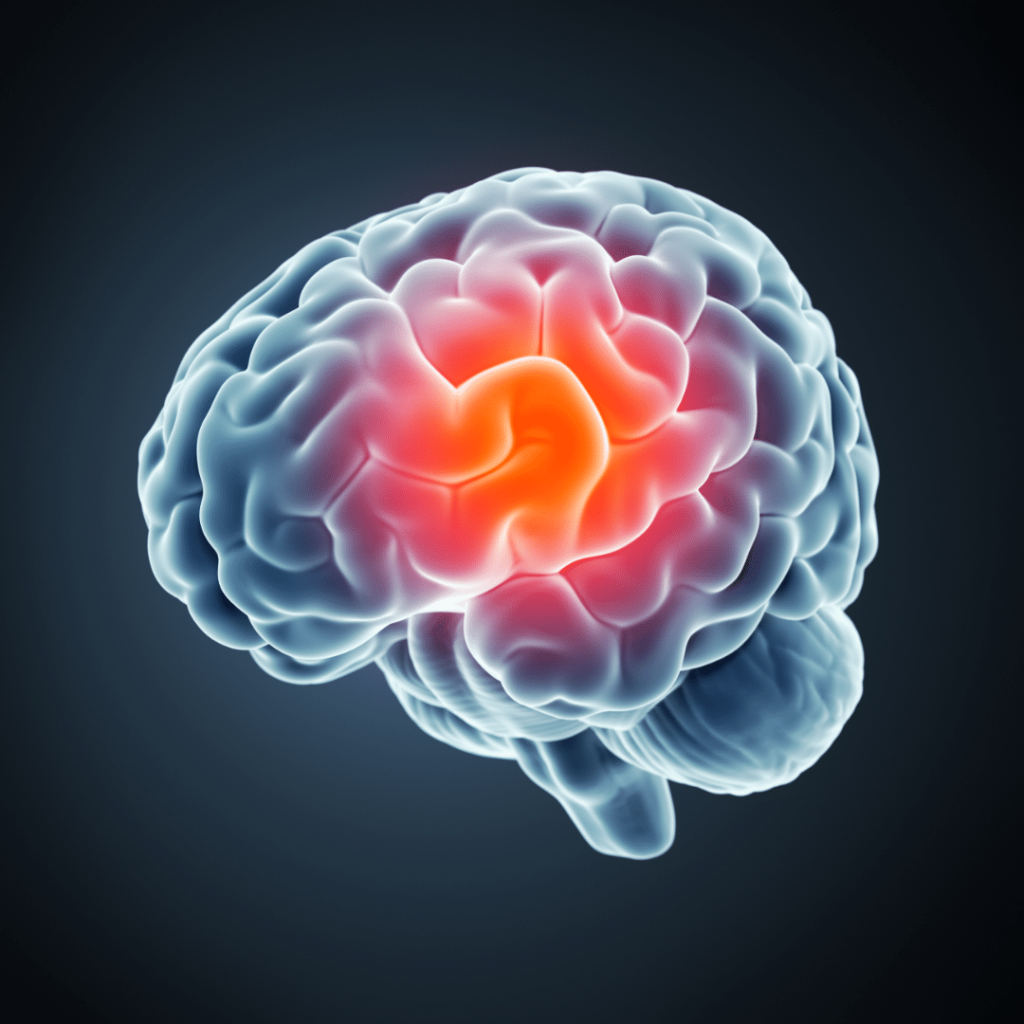May 8, 2019

Exercise induces neuroplasticity within the brain to promote a healthy mind and body for the aging population. What is neuroplasticity?
Plastic can be defined as a group of synthetic or natural organic materials that may be shaped when soft, and then hardened to form something new.
The prefix neuro – refers to the nervous system, nerves, and all that is innervated within the complex system, including the brain.
What do our nervous system and plastic have in common? One amazing process. (Probably more if you really dive deep but for now let’s focus on just one)
Neuroplasticity.
Neuroplasticity, a fundamental mechanism for learning, memory and general cognition. Often referred to as the ‘Neuroplastic Effect’, this idea has been around for quite some time. It is now being understood to greater detail as research continues to progress. It can be defined as the brain’s ability to recognize itself, and form new neural connections in order to adapt. The best part? This effect continues throughout life. Throughout history many scholars believed the brain was a finite structure, unable to be molded. Common belief was “you’ve got what you’ve got.” Fortunately, that was disproven. As the research continues to progress it sheds new light on greater possibilities.
What’s so important about neuroplasticity?
It sounds complicated, and it sounds like a term used by doctors, and medical professionals. Let’s simplify it.
Neuroplasticity has come to light, and is being researched more and more because of current aging trends not only in the United States, but across the globe. We are living longer, which in turn makes us more susceptible to neurodegenerative diseases such as dementia, Alzheimer’s disease and Parkinson’s disease. The greatest risk factor for developing one of these diseases is one’s age. The more years we accumulate along this path the more likely we are to develop a chronic condition. For those who have had a personal connection with one of the conditions listed, it is evident how much of a challenge the circumstances become. However, there are ways to live comfortably. The process begins with understanding and support, then progressive steps towards improvements in quality of life can be manipulated. One of which ways may be the neuroplastic effect.
The brain’s ability to recognize itself, identify a change has occurred and adapt to the circumstances is a very, very powerful therapy. The neuroplastic effect allows neurons to compensate for injury and disease, such as the ones mentioned above. For example, an individual who has suffered a stroke has now lost the ability to control their right arm. Previous thought would have said the individual would have to continue throughout life without control. However, the neuroplastic effect is disproving that. Again, the brain has the ability to adapt, and essentially rewire itself, in order to accomplish once mundane tasks that are often taken for granted.
Exercise Induces Neuroplasticity
One of the ways in which the neuroplastic effect is initiated is through exercise. Among all other benefits of exercise, there is also an upregulation of a protein, brain derived neurotrophic factor (BDNF). This protein allows for the connections between neurons to regain strength, and form new connections, thus allowing for greater communication. Improved communication among neurons creates endless possibilities. This may also open a new pathway to undertake the command of a pathway that was once damaged or destroyed due to disease or injury. Brain derived neurotrophic factor isn’t done yet, it also plays a role in prevention of degeneration among neurons in diseases such as Alzheimer’s and Parkinson’s.
Ultimately, BDNF helps to prevent against the degeneration that occurs in dementia, Alzheimer’s disease, and Parkinson’s disease, but also allows for greater connection among neurons in order for adaptation to occur.
Remind me how all of this is accomplished? There are many ways, however, one of the most effective, wholistic, and safe ways in which this is accomplished is through, you guessed it, exercise. That’s right, not only does exercise help to strengthen bones and muscle, reduce the risk for cardiovascular disease, improve mood, but it also plays a vital role in brain health.
If you’re interested in learning more or meeting a LiveWell Health representative to learn more, please contact us by filling out our short form, or call us directly at (239) 689-9605.
References
Ahlskog, J. Eric et al. (2011). Physical Exercise as a Preventive or Disease-Modifying Treatment of Dementia and Brain Aging. Mayo Clinic Proceedings, Volume 86 , Issue 9 , 876 – 884.
Doidge, N. (2016). The Brain’s Way of Healing: Remarkable Discoveries and Recoveries from the Frontiers of Neuroplasticity. Penguin Random House LLC.